Radome
Intelligence / Analysis / Comment
The UK has become the first major country to scrap Covid-19 travel restrictions for vaccinated arrivals. The requirement for fully vaccinated arrivals to do post-arrival lateral flow tests was lifted on 11 February. Meanwhile, non-fully vaccinated passengers will no longer need to self-isolate for eight days after arrival. Rules on Covid-19 tests and quarantine for passengers have also been eased in other European countries, such as France, Spain and Norway, as well as Egypt, Peru and Mexico. Australia is set to lift restrictions to foreign vaccinated tourists from 21 February, with New Zealand to lift the ban on fully vaccinated passengers from July and the rest of the world in October.
 Singapore Airshow
Singapore Airshow
Two years on from the last Singapore Airshow that saw the Covid-19 pandemic spread throughout the world, the 2022 event has gone ahead under strict health rules. The traditional public days have been axed and there are limits on visitor numbers. The organisers say they expect some 13,000 visitors, down from the 30,000 in 2020, while exhibitors have fallen by a third. A full report from the exhibition will feature in next month’s AEROSPACE.
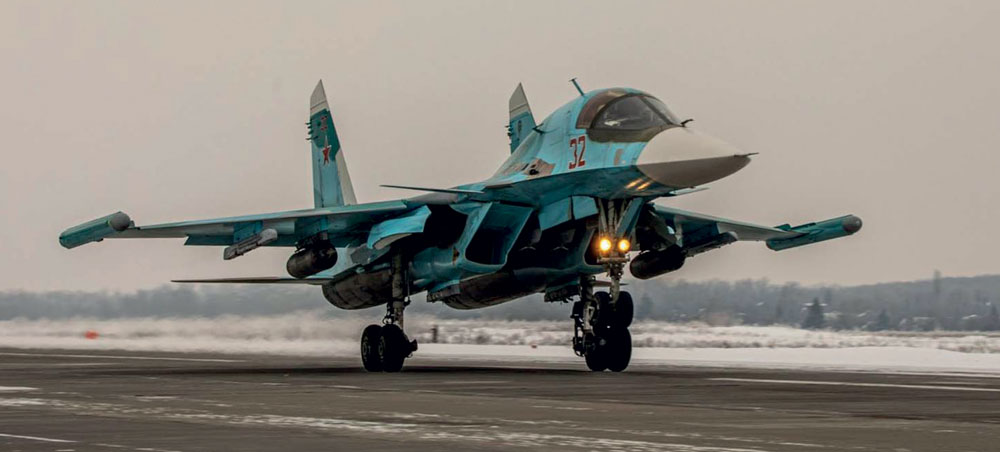 Russian MoD
Russian MoD
As AEROSPACE goes to press in mid-February there are growing fears that Russia may be about to launch an invasion of Ukraine, having built up massive military forces on the country’s border, with units being shifted from as far away as Siberia.
The forces include 100 BTGs (Battalion Tactical Groups) – some 60 more than normal – landing ships and Iskander-M missiles. In aircraft, Su-30s and Su-25SMs have been deployed to Belarus (See ‘Darkening skies above Ukraine’).
In response to the diplomatic and geopolitical crisis, the US and NATO allies have bolstered their air power in Eastern Europe, with B-52s additionally deploying to the UK. Airlines, meanwhile, are reviewing their routes to Ukraine, following many countries advising against travel, with KLM being the first to suspend services. Kiev, however, has pledged to keep its airspace open.
The US Army has flown an uncrewed UH-60 Black Hawk helicopter around Fort Campbell on the Kentucky-Tennessee border. The Sikorsky helicopter was fitted with an autonomous flight system developed by the US Defense Advanced Research Projects Agency (DARPA). The Aircrew Labor In-Cockpit Automation System (ALIAS) allows the helicopter to be flown with two pilots, one pilot or fully uncrewed.
Meanwhile, Northrop Grumman has been awarded a DARPA contract to develop an AI-powered assistant that will help rotary pilots deal with expected and unexpected situations by projecting information through an augmented reality headset.
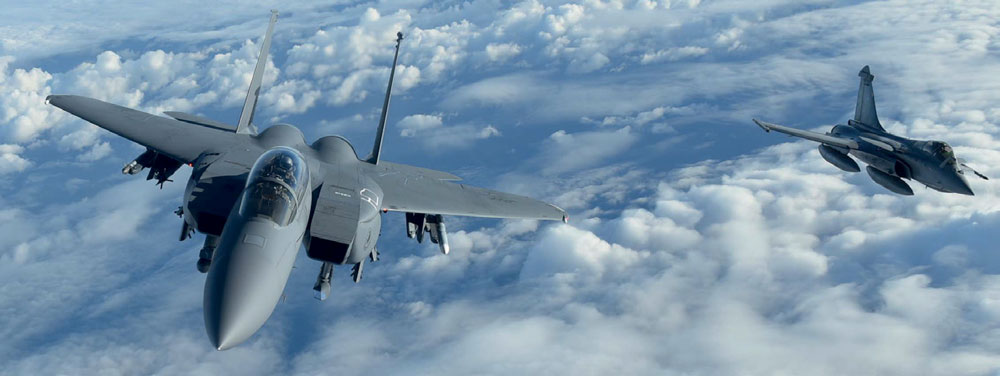 USAF
USAF
Indonesia is to order 42 Dassault Rafale fighters, as part of wider agreements with France which include submarine development and ammunition manufacturing. The agreement is for an initial six Rafales, with the remaining 36 to follow. Meanwhile, only 24 hours later, the US State Department approved a potential sale of 36 Boeing F-15EXs to Indonesia in a deal worth around $9.5bn, along with $4.4bn in associated equipment.
Chinese-owned US light helicopter manufacturer Enstrom Helicopter has declared bankruptcy. A letter sent out to dealers said that the company would no longer be supplying new orders or maintenance support and that all its staff would be made redundant from 21 January. In a statement, the company said that ‘severe financial difficulties’ had forced it to close.
First founded in 1959, Michigan-based Enstrom is one of the world’s oldest helicopter companies and has produced more than 1,300 light helicopters. In 2012 it was acquired by China’s Chongqing General Aviation Industry Group (CGAG) with the promise of additional investment.
The last two Enstrom helicopters were delivered to the Peruvian Air Force in December.
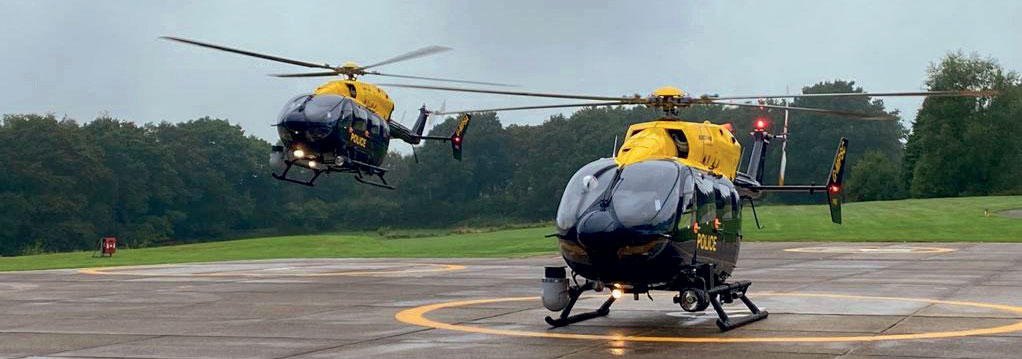 NPAS
NPAS
A tender has been published for the supply of seven aircraft and operation of police air support for London’s Metropolitan Police and the National Police Air Service. The tender is divided into two lots, with Lot 1 covering the lease or purchase of seven helicopters for police operations over the UK capital. Lot 2 covers the operation of full aerial police support services as a turnkey operation.
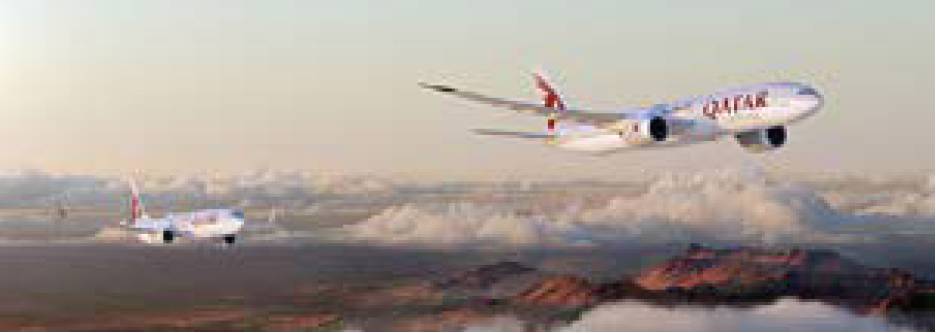 Boeing
Boeing
Qatar Airways has become the launch customer for the 777-8 cargo version of Boeing’s newest widebody, the 777X, with an order for 34, plus options for an additional 16. The airline is also to convert 20 of an existing order for 60 777Xs to the 777-8. Meanwhile, having had its order for 50 A321s cancelled by Airbus due to an escalating row over A350 surface quality issues, the carrier also signed a memorandum of understanding for 25 Boeing 737-10 MAXs plus 25 options.
Airbus has announced that its giant BelugaST transport aircraft are now available for commercial hire of outsized cargo. The introduction of six new A330-derived BelugaXL aircraft to Airbus’ assembly sites has freed up its older BelugaST fleet, which still have 20 years of airframe life left in them. The BelugaST, says Airbus, has the biggest cross-section (W6.7m x H7.1m) on the market. With a growing demand for outsized cargo capability, Airbus has also now developed a multi-purpose cargo pallet, pre-positioned off-board cargo loaders at key locations around the world, such as aerospace hubs and spaceports, and an on-board cargo loader/ lift which will be ready by June. Two BelugaSTs are available for charter this year, with a fleet of five to be on call in 2024.
US low-cost carriers Spirit Airlines and Frontier Airlines are to merge in a deal worth $6.6bn, creating America’s fifth-biggest airline. The deal will see Denver-based Frontier take a 51.5% controlling stake in the joint airline with Florida-based Spirit owning the remaining shares. The new budget airline, which is as yet unnamed, will boast a combined fleet of over 280 Airbus aircraft and will offer more than 1,000 daily flights to over 145 destinations, with only 18% overlap in routes between the two separate carriers. The merger, which is still to be approved by the US Department of Justice, will create 10,000 new jobs by 2026, according to the airlines.
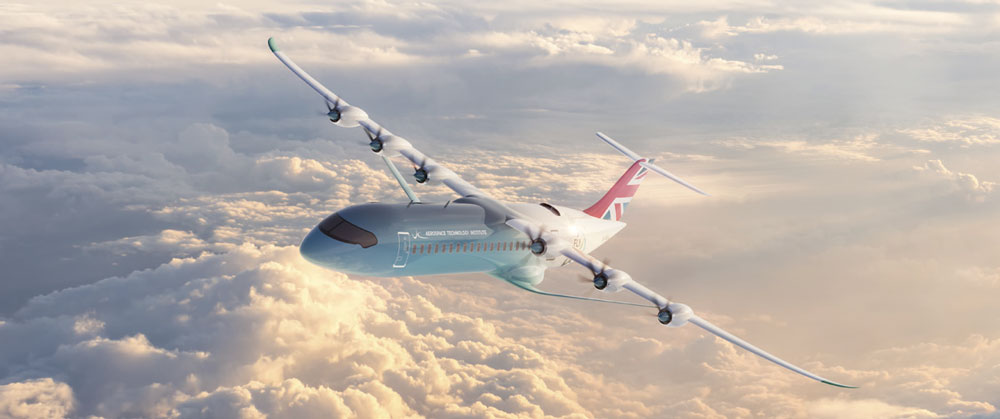 ATI
ATIThis month will see the publication of the UK ATI’s FlyZero zero-emission study and the results of a year-long project to envisage the future of green airliners, with the final ‘Scout’ aircraft – a regional airliner (see Proving Ground for Electric Flight, p32) concept joining previous concepts for a single-aisle and medium-range hydrogen-powered airliners.
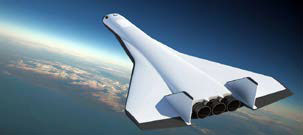 Radian Aerospace
Radian Aerospace
US-based space start-up Radian Aerospace has emerged from stealth mode to reveal plans for a single-stage-to-orbit spaceplane, Radian One, capable of operating from conventional runways.
The reusable vehicle would launch via a sled-assisted take-off and be able to stay in orbit for five days before landing at a conventional runway.
Radian says that it is aiming for a turnaround time of as little as 48 hours. The company has already raised $27.5m in seed funding.
ESA has revealed that it has invited 1,361 out of 22,523 applicants to the second phase of its selection process for the new ESA astronaut corps recruitment. The largest number of applicants came from France (7,087), Germany (3,695) and the UK (2,000) with 166 Britons making it through to the next phase. Sex-wise, the 1,361 invited to the next phase of the recruitment process breaks down into 831 men and 530 women, with at least three candidates from every ESA member state making it through. In addition, ESA also attracted 257 disabled applicants for its parastronaut initiative, with 27 of these making it to phase two.
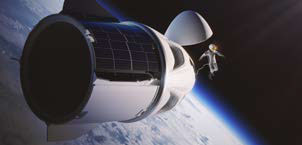 Polaris Program
Polaris Program
The billionaire behind the Inspiration 4 private orbital spaceflight has revealed he has booked three more space missions with SpaceX, under the Polaris Program. Jared Isaacman, the former CEO of Draken International, will be the commander on Polaris Dawn, which will use a Crew Dragon to conduct the first private spacewalk.
Another Crew Dragon mission will be next, followed by the first human-flown mission on SpaceX’s giant Starship.
Space entrepreneur Greg Wyler, the founder of OneWeb, has revealed plans for his next project – a plan for a 100,000 communications satellite mega constellation that would also be able to sweep up space debris in orbit. Talking to the Financial Times, Wyler said that E-Space’s satellites would be designed to ‘crumple’ rather than disintegrate when hit and capture debris before automatically deorbiting when full. He told the FT: “Like oysters in the river that filter the river and clean it, our satellites are the first to be designed to clean space.” E-Space has applied for its licence via Rwanda and plans to launch its first test satellites this month.